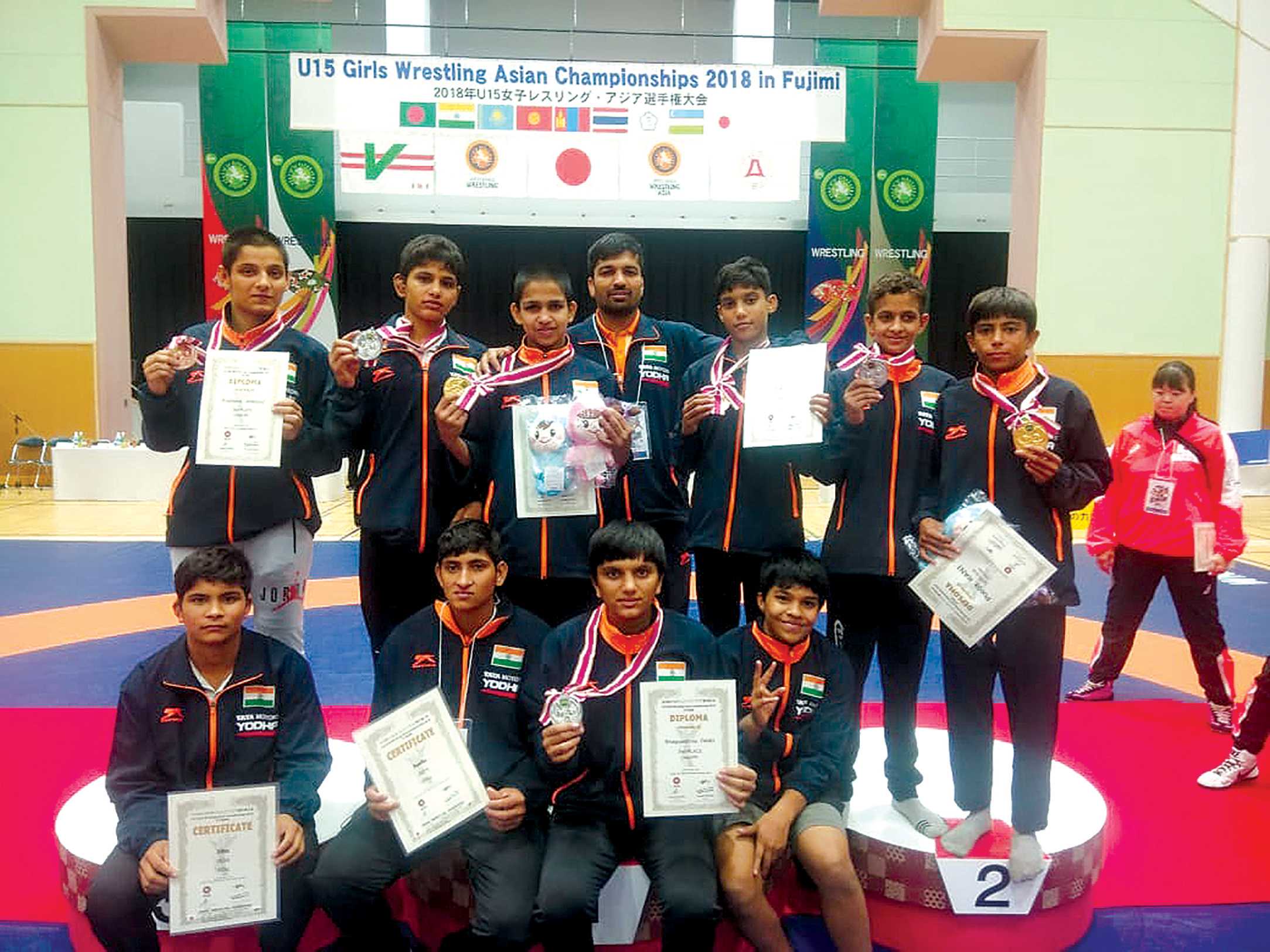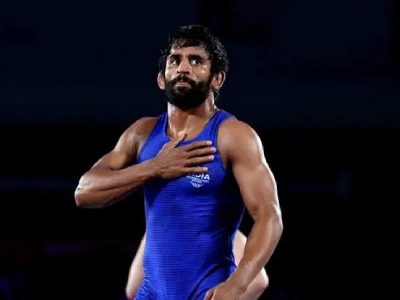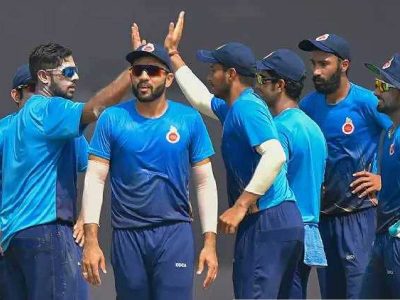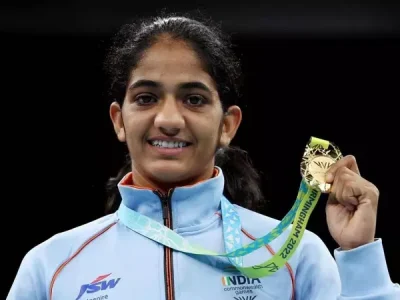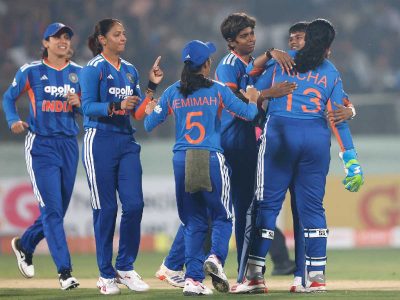At the Under-15 World Schoolgirls Championships in Japan, India managed to secure a record tally of seven medals. Patriot speaks to some of the medalists and the coach as to what went behind this achievement
At international wrestling tournaments in the last few years, India has performed exceedingly well. From Sushil Kumar’s silver medal at the Olympics 2012 to Bajrang Punia’s gold at the 2018 Asian Games and Pooja Dhanda’s gold at the 2018 World Wrestling Championships, India has won a total of a staggering 24 medals in all major international tournaments since 2012.
Recently, more medals were added to this tally. At the Under-15 Schoolgirls wrestling championships held in Japan, the girls from India clinched seven medals- three gold, three silver, one bronze — in seven different weight categories. This is the highest number of medals won by a contingent at this tournament, the previous best being four.
Pinky Kumari, the silver medallist in the 39-kg weight category, started wrestling since she could learn how to walk. According to her father, Pinky is practising for the last 12 years, ever since the age of one.
“I used to travel to different akhadas in our village to supply them with milk”, says Pinky’s father, who hails from Fatehpur village in Haryana’s Sonepat. “While travelling to the two akhadas in my village, I wished that someday when I have a son, I too will admit him to the sport, as I too wanted to wrestle since childhood”, he adds.
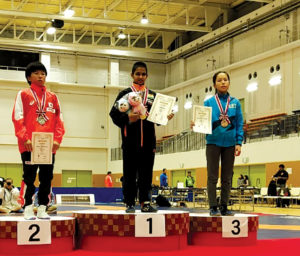
But when a girl was born into his house, he says that his dreams were somewhat halted. However, on going to the akhada once again, he found out that girls too take part in wrestling. It was then that he decided to train Pinky to become a wrestler.
“Ever since I can remember I am wrestling, but it never felt like a compulsion for me. I have always enjoyed the sport”, says Pinky. Slowly and steadily, Pinky rose from the ranks of an amateur wrestler in an akhada to district champion and then state champion. From there, she went to the national camp and then finally was selected for this year’s under-15 championships in Japan.
Anil Kumar, the coach of the under-15 team says that the association has a thorough selection process for the selection of girls for the tournament. “This is probably the most important grassroot-level wrestling world tournament. Doing well here puts a wrestler on the national radar for the future”, says Kumar.
First, a wrestler has to win the state-level championships, and then the winner from each state participates in a nationwide tournament. The top four girls from each of the ten weight categories are selected from this national tournament, and then trained at the Indian camp in Delhi or Chandigarh.
“The girls stay here, and train for a long period of time- a month or so- and then the best wrestler from each of the 10 categories are selected for the tournament”, says Kumar. In the tournament, India stood only second to Japan in the final medals tally.
“This year went exceptionally well for us, as seven of the ten participants secured medals, while all the other three were just a whisker away from clinching a medal”, he adds.
Komal Pansal, 14. from a remote village in Haryana’s Panipat won the gold medal in the 36-kg category. “She started wrestling only two years back, after she saw girls from other houses in our village also pursuing the sport”, says Kusum, Komal’s mother.
“At first her father and I completely turned away her wish for wrestling. We feared, that she was too feeble to wrestle, and she would get hurt”, she adds.
“But finally we gave in to her repeated requests, and when her father took her to the village akhara, she started performing exceptionally well within the first few months, so well that she won the state level championships within a year, the nationals within 1.5 years and finally an international medal in two”, says a proud Kusum.
“We are very poor, and from a lower caste, and were always ridiculed and pushed away by fellow villagers. But those same people celebrated when Komal brought home a gold medal for the country. It was the proudest moment of my life.
Pooja Rani Singh, 14 years old, gold medallist in the 33-kg category, also belongs to a poor farmer’s family in Shyamsuk village in Haryana’s Hisar district. An ardent fan of Bajrang Punia, Pooja too started wrestling when she was 12 years old and she quickly rose up the ranks, and according to coach Anil Kumar, was the best wrestler in the entire Indian contingent at Japan.
“Our family has always encouraged Pooja to pursue wrestling, and it is because of her talent and ability that she made not only us, but the whole village of Shyamsuk proud”, says Mahendra, Pooja’s uncle. “I will always encourage her to pursue wrestling further so she can win more laurels for the country”, he adds.
Even though the performance of these girls was nothing short of exceptional, coach Anil Kumar feels that wrestling still needs to be developed at a very basic grassroot level. “The players are given proper diet and world class infrastructure only at the highest level. At the basic akhadas, where wrestlers receive their first training. Most of them do not have funds for proper wrestling mats and still train in the dust”, he says. “These akhadas don’t even have enough funds to maintain the proper diet a wrestler so essentially requires. I think more funds should be invested on our akhadas”, he adds.
“With such weak infrastructure, our girls have done so well. So imagine what the results would be if our infrastructure is at par with other countries”, concludes Kumar.

